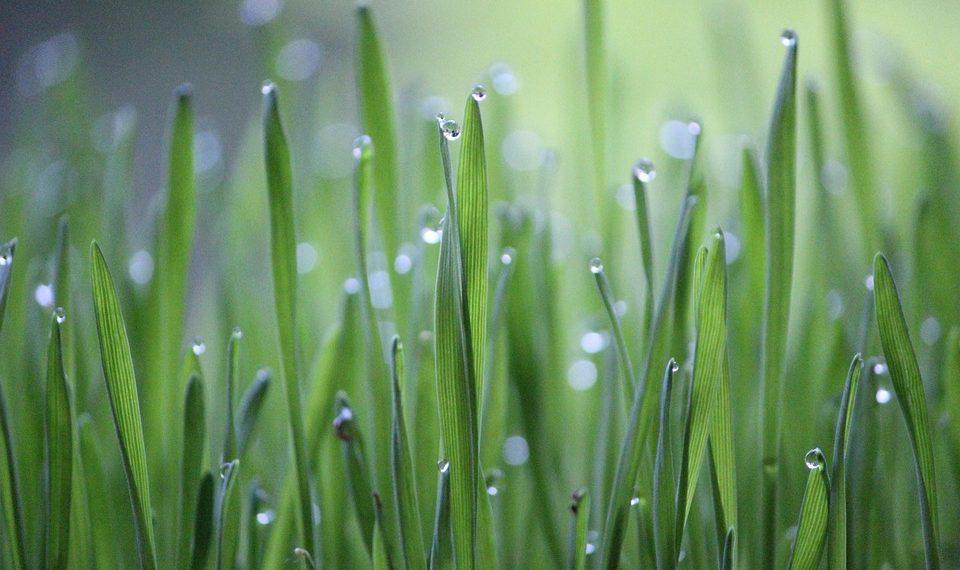Contents
- 10 Simple Swaps for a Greener Home Today
- Why Choose a Greener Home?
- 1. Ditch Single-Use Plastics for Reusable Options
- 2. Swap Chemical Cleaners for Natural Alternatives
- 3. Replace Conventional Light Bulbs with LEDs
- 4. Choose Eco-Friendly Paints
- 5. Invest in a Smart Thermostat
- 6. Swap Traditional Toilets for Low-Flow Models
- 7. Choose Organic Bedding and Fabrics
- 8. Go Paperless
- 9. Install Water-Saving Fixtures
- 10. Support Local and Sustainable Food Sources
- Bottom Line
- FAQ
10 Simple Swaps for a Greener Home Today
10 Simple Swaps for a Greener Home Today can transform your living space into a sanctuary for both you and the planet. Embracing sustainable living doesn’t have to be overwhelming. Small, thoughtful changes can make a significant impact. Whether you’re just beginning your eco-friendly journey or looking to deepen your commitment, these swaps will breathe new life into your home and lifestyle.
Why Choose a Greener Home?
Creating a greener home is more than just a trend; it’s a responsibility we all share. The choices you make affect not only your health but also the environment. A greener home means less pollution, reduced waste, and a healthier atmosphere for you and your loved ones.
Making these swaps is not just about saving the planet; it’s about enriching your life. Imagine breathing cleaner air, spending less on utilities, and having peace of mind knowing you’re contributing to a sustainable future. Let’s dive into these ten simple swaps that can help you live greener today!
1. Ditch Single-Use Plastics for Reusable Options
Single-use plastics are a major contributor to pollution. Instead of grabbing plastic bags, opt for reusable shopping bags.
- Benefits: By choosing reusable bags, you cut down on plastic waste and save money in the long run.
- Alternatives: Consider bamboo utensils, stainless steel straws, and glass containers.
Every time you reach for a reusable item, you’re making a statement that says you care.
2. Swap Chemical Cleaners for Natural Alternatives
Your cleaning routine can take a toll on the environment. Traditional cleaners often contain harsh chemicals that pollute air and water.
- Benefits: Natural cleaners are safer for your family and pets, and they’re often just as effective.
- Alternatives: Vinegar, baking soda, and essential oils can replace many commercial products.
By making this swap, you’re taking a proactive step towards a healthier home.
3. Replace Conventional Light Bulbs with LEDs
Lighting is a significant energy consumer in our homes. By swapping out incandescent bulbs for LED lights, you can reduce your energy usage dramatically.
- Benefits: LEDs last longer and use up to 80% less energy.
- Alternatives: Look for Energy Star-rated bulbs for the best quality.
This simple change not only saves you money but also helps reduce greenhouse gas emissions.
4. Choose Eco-Friendly Paints
Painting your home can release harmful VOCs (volatile organic compounds) into the air. Opt for eco-friendly paints that are low in VOCs or zero VOC.
- Benefits: These paints improve indoor air quality and are often just as vibrant and durable.
- Alternatives: Brands like Benjamin Moore and Sherwin-Williams offer eco-friendly options.
Transforming your home can be beautiful and safe.
5. Invest in a Smart Thermostat
Heating and cooling are major contributors to energy use. A smart thermostat can help regulate your home’s temperature more efficiently.
- Benefits: You can save up to 10-15% on your heating and cooling costs.
- Alternatives: Look for models that learn your schedule to optimize energy use.
This investment pays off not only in savings but also in comfort.
6. Swap Traditional Toilets for Low-Flow Models
Did you know that toilets account for nearly 30% of residential water use? Switching to a low-flow toilet can significantly reduce water consumption.
- Benefits: Low-flow toilets use about 1.6 gallons per flush compared to the older models that can use up to 7 gallons.
- Alternatives: Dual-flush toilets allow you to choose between a full or half flush.
This swap not only conserves water but also saves you money on your water bill.
7. Choose Organic Bedding and Fabrics
The materials you sleep on can impact your health and the environment. Traditional fabrics often use harmful chemicals in production.
- Benefits: Organic cotton, linen, and hemp are free from toxic pesticides and fertilizers.
- Alternatives: Brands like Coyuchi and Boll & Branch offer sustainable bedding options.
Sleeping on organic materials can lead to better health and a more restful night.
8. Go Paperless
Paper consumption is not just about trees; it’s also about energy and water used in production. Going paperless is easier than ever.
- Benefits: Reduce clutter and find documents faster by digitizing your files.
- Alternatives: Use apps for note-taking, billing, and communication.
Embracing a paperless lifestyle is a small change that can lead to a big impact.
9. Install Water-Saving Fixtures
Water-saving fixtures, like faucets and showerheads, can significantly reduce your water consumption while still providing a satisfying experience.
- Benefits: These fixtures can save you up to 30% on water usage.
- Alternatives: Look for products labeled WaterSense, which meet EPA criteria for efficiency.
Every drop counts, and with these fixtures, you’re doing your part.
10. Support Local and Sustainable Food Sources
Your food choices have a ripple effect on the environment. By supporting local farmers and sustainable practices, you’re contributing to a healthier ecosystem.
- Benefits: Eating locally reduces transportation emissions and supports your community.
- Alternatives: Visit farmer’s markets or join a community-supported agriculture (CSA) program.
Choosing local foods isn’t just good for the planet; it’s also delicious!
Bottom Line
Making your home greener doesn’t have to be daunting. These 10 simple swaps for a greener home today can lead to a healthier lifestyle, lower costs, and a more sustainable planet.
The beauty of these changes is that they’re not just beneficial for the environment; they enrich your life, too. Start small, pick a few that resonate with you, and take action. You’ll be amazed at how quickly these changes become a part of your routine.
Take the first step towards a greener home today! Your body, your family, and the planet will thank you.
FAQ
Q: Can I really make a difference with small changes?
A: Absolutely! Every small change adds up to a larger impact over time.
Q: Are natural cleaners effective?
A: Yes, many natural ingredients like vinegar and baking soda are powerful cleaners.
Q: How do I find local food sources?
A: Check out local farmers’ markets, co-ops, or CSA programs in your area.
Q: What’s the best way to start going paperless?
A: Begin by digitizing important documents and opting for electronic billing.
Q: Are low-flow toilets expensive?
A: While the initial cost may be higher, the savings on your water bill will quickly make up for it.
Get Your FREE Natural Health Guide!
Subscribe now and receive our exclusive ebook packed with natural health tips, practical wellness advice, and easy lifestyle changes — delivered straight to your inbox.














